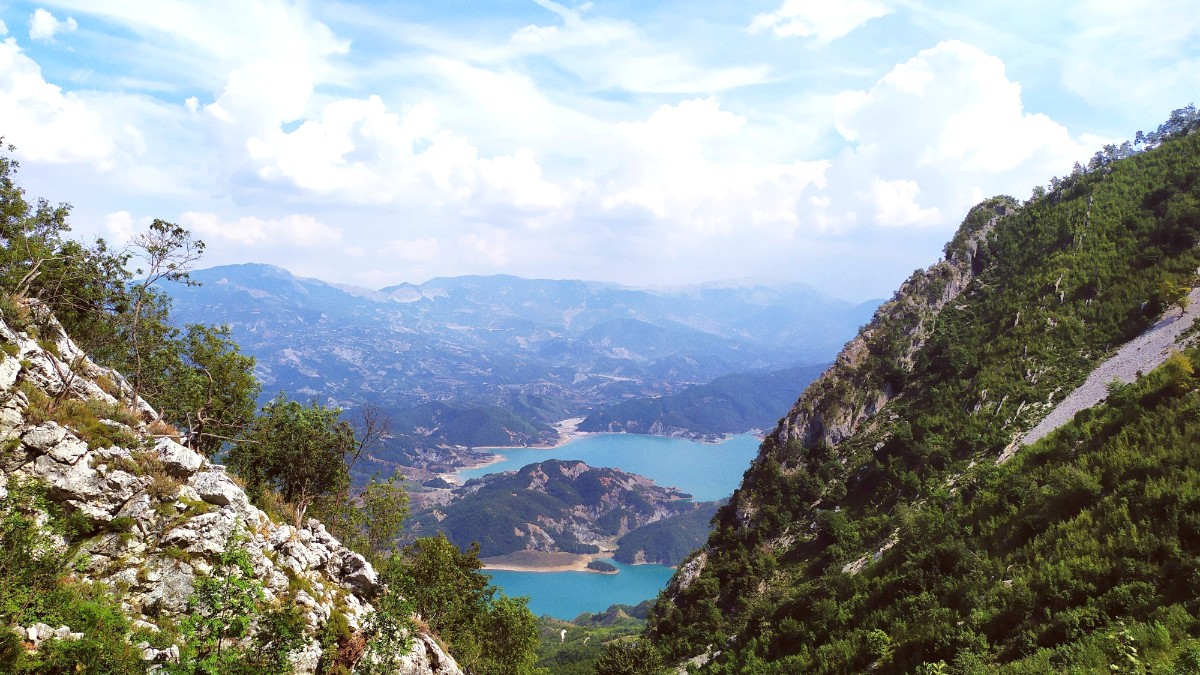
Albania
Summer (June-August) brings the warmest temperatures, averaging 25°C-30°C. July and August often climb above 35°C. Rainfall is minimal. Sea temperature peaks for swimming.
Autumn (September-November) offers a pleasant transition. Temperatures are 15°C-25°C. Early autumn is like summer, with warm sea. Rainfall grows in November.
High Season (July-August) means peak beach holidays, hot weather, and lively atmosphere. Crowds are largest, prices highest. Sightseeing can be uncomfortable due to heat.
Shoulder Season (April-May & September-October) means pleasant temperatures, smaller crowds, and moderate prices. Ideal for historical exploration and outdoor activities.
July-August
Hottest weather for beach, lively atmosphere.
Crowded, high prices, hot for sightseeing.
April-May & Sep-Oct
Pleasant weather, fewer crowds, moderate prices.
Sea cooler early spring/late autumn, some seasonal businesses closed.
Nov-March
Lowest prices, authentic local experience, no crowds.
Cooler, wetter, beach activities limited, shorter days.
Plan your trip for July and August. These months bring the warmest sea temperatures and most sunshine for classic beach holidays.
Choose April, May, September, and October. Milder temperatures make walking around ancient ruins and museums comfortable. Avoid intense summer heat and large groups.
July, August
April, May, September, October
Spring, Autumn
November-March
November-March
Albania has a relatively open visa policy, especially for citizens of many Western countries.
Many nationalities, including USA, Canada, UK, EU, Australia, New Zealand, enter visa-free for up to 90 days within 180 days. Confirm specific requirements with the Albanian Ministry of Foreign Affairs. Valid multi-entry Schengen visa or residence permit from a Schengen country also allows 90-day visa-free entry.
No general entry fees apply for tourism upon arrival in Albania. Standard passport control occurs. Officers may ask about visit purpose, stay duration, and accommodation plans.
Albania has a low crime rate. Durres is generally safe for tourists.
Durres brings a cost-effective travel experience compared to many Western European destinations.
Albanian Lek (ALL) is the local currency. ATMs are widely available, accepting international cards. Currency exchange offices are in the city center and port. Euros are sometimes accepted in tourist areas, but exchanging to Lek usually brings a better rate.
Budget Traveler: 30-50 EUR/day (hostel, street food, public bus). Mid-range Traveler: 60-100 EUR/day (mid-range hotel, local restaurants, occasional taxis). Luxury Traveler: 150+ EUR/day (high-end hotel, fine dining, private transfers).
10-20 EUR
5-15 EUR
1-2 EUR
~0.45 EUR
~4.5 EUR